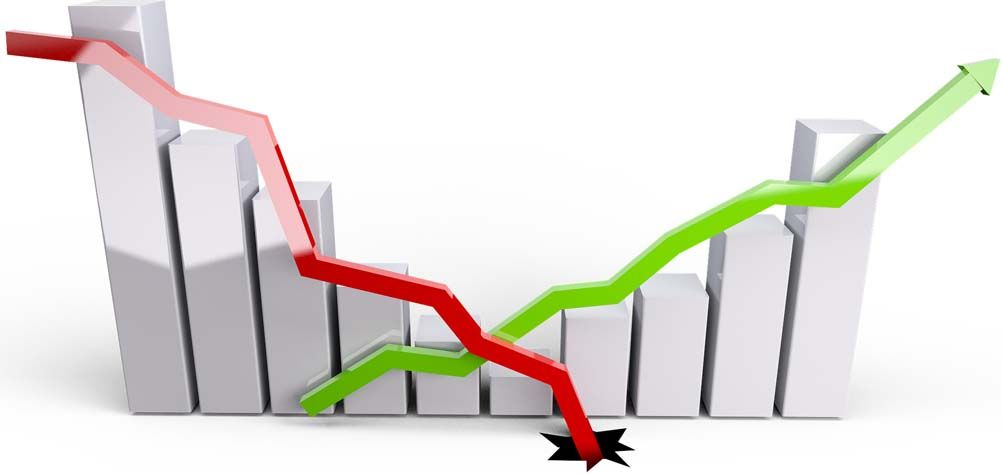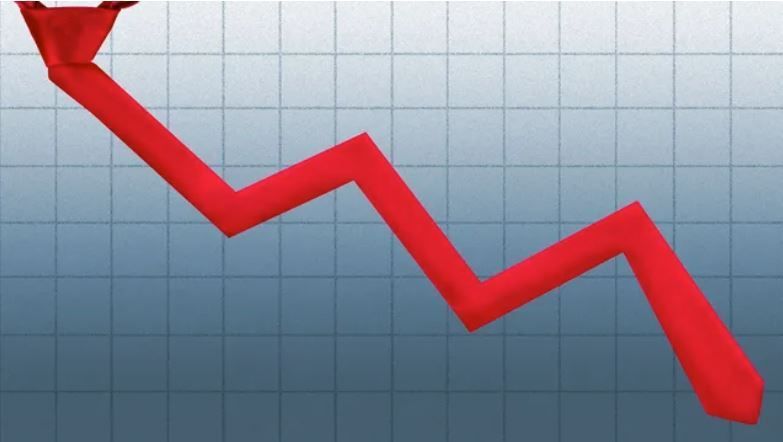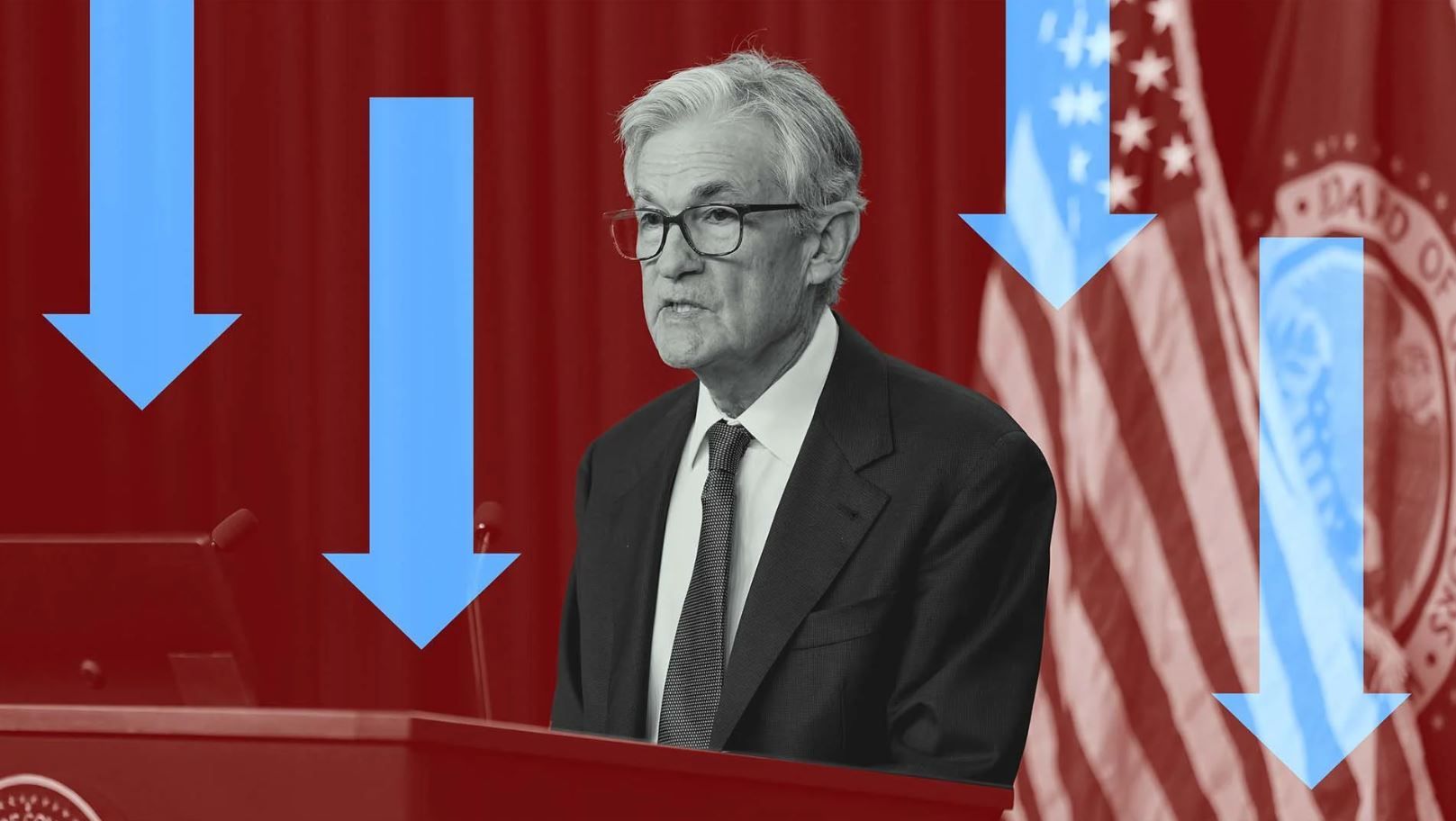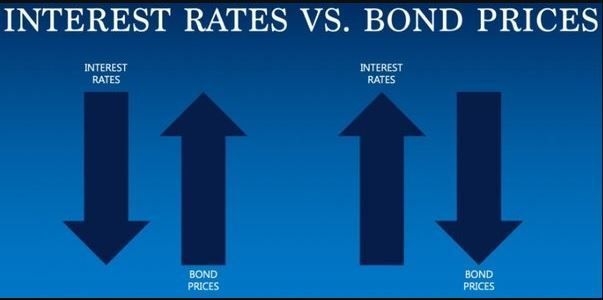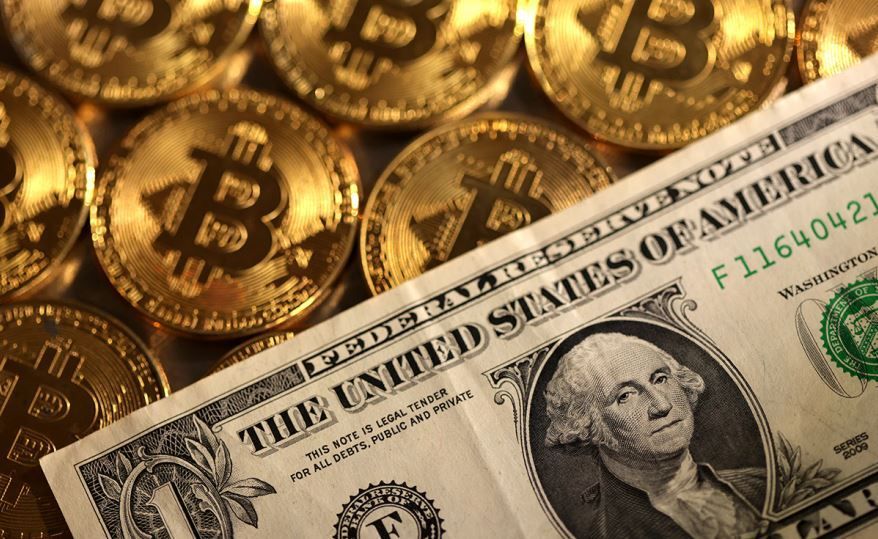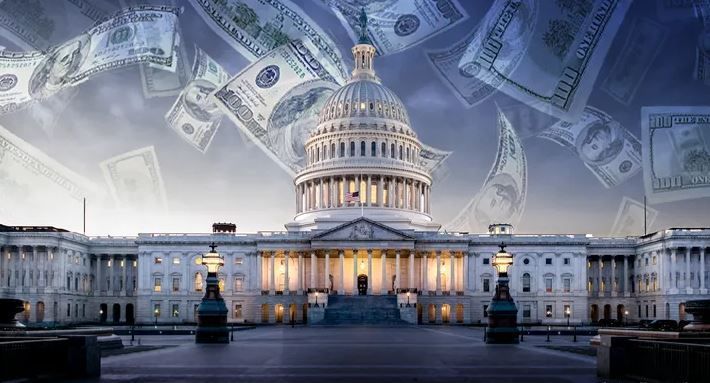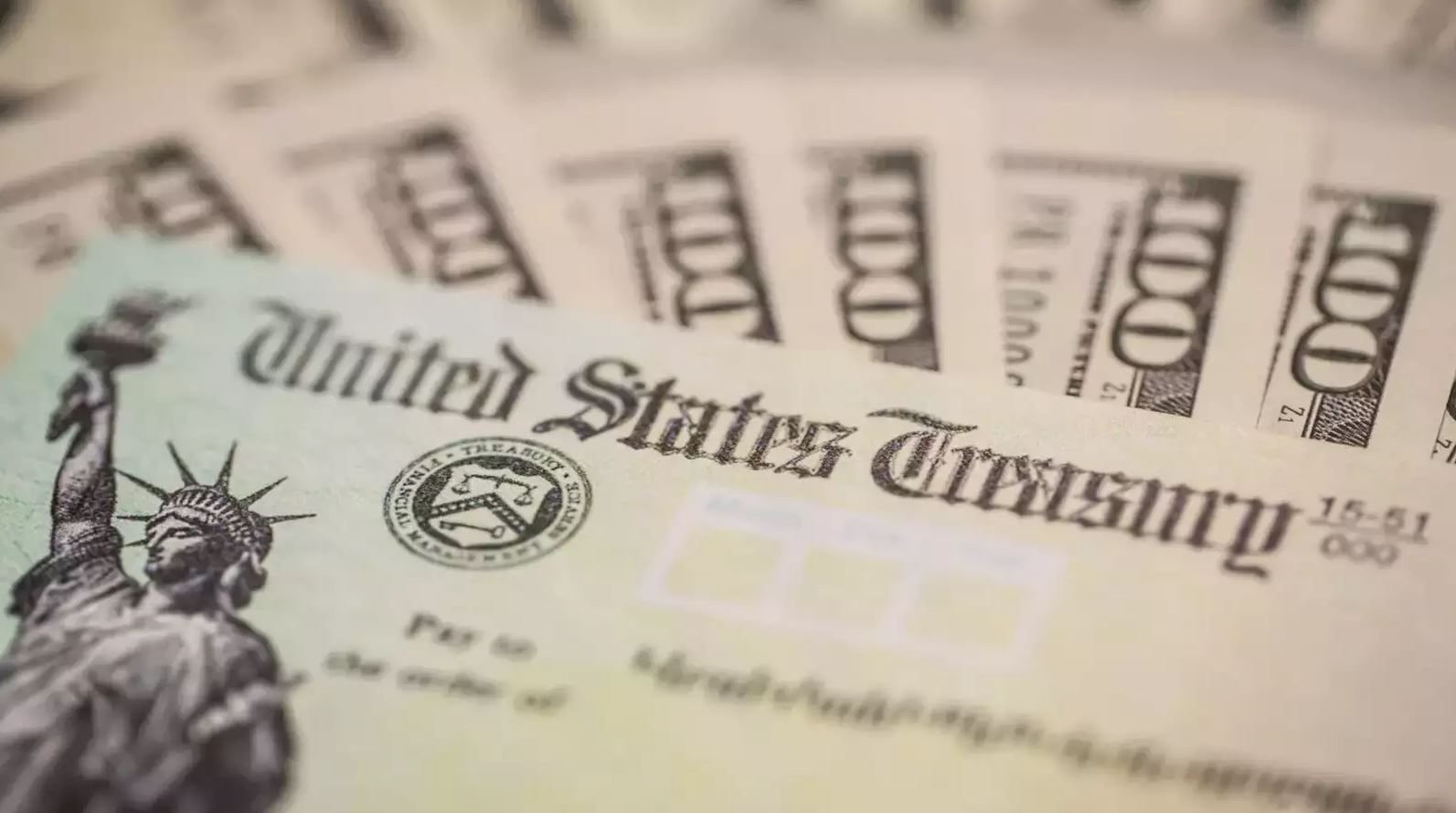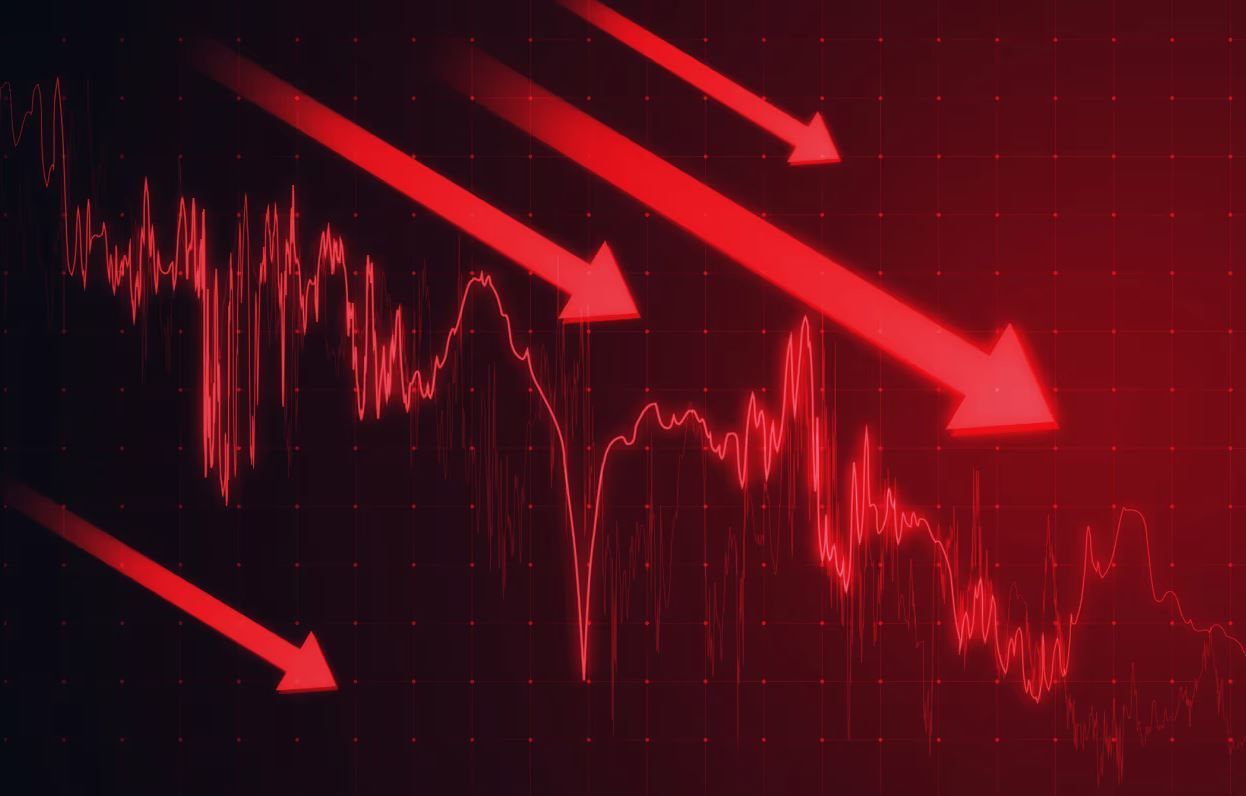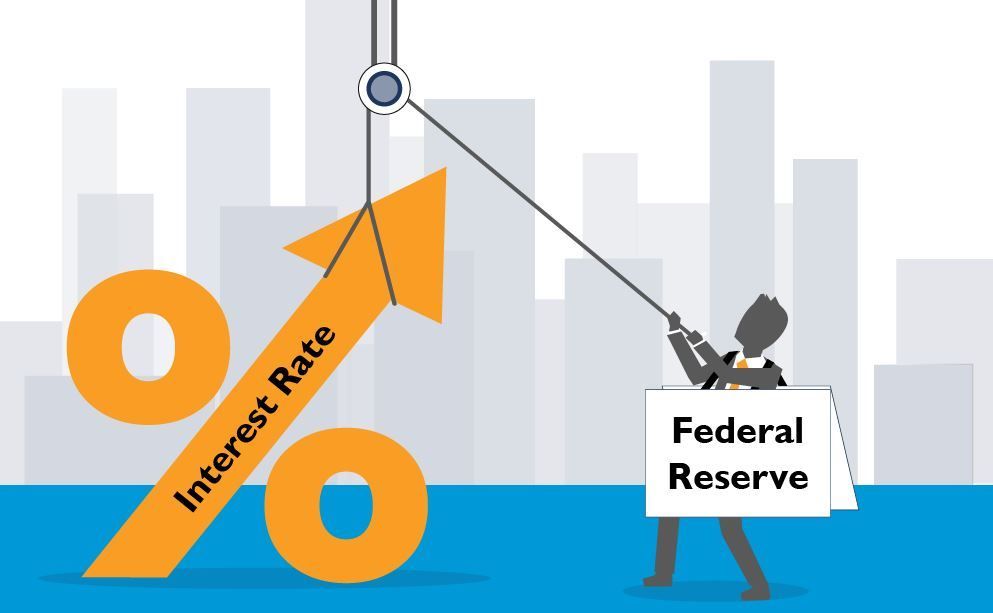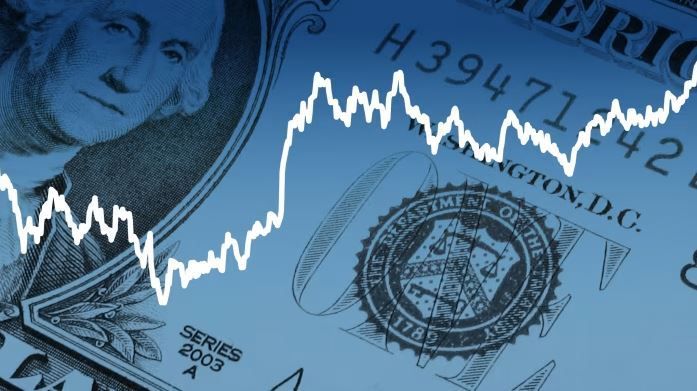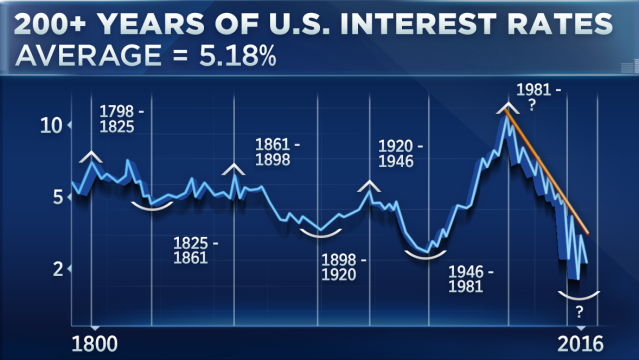Ask a Loan Advisor
False Perception of the Fed
False Perception Of the Fed
In 1986, the Fed dropped the discount rate three consecutive times during that period, causing bond yields to rise (as their prices fell). Shortly after the third and last Fed discount rate cut, the Bond market collapsed, sending interest rates through the roof. The Bond market dictated the interest rate trend, not the Fed.
Even though the first recent Fed increase was in February 1994, the Bond market started increasing its yields (rates) a month before, in mid-October 1993.
Although the Fed sets its short-term rate of discounts and Fed funds, the public and news media perceive the Fed as the director of setting the general interest rate trend, while the major center of influence is the market. The news media is always looking to create a news story. The News is perceived as what 'is happening' when it is more about what 'has happened.'
The Fed reacts to market events. The media reports the Fed's reaction to the market as what is ahead of us, not what has already occurred with interest rates at the consumer level. Those focused on what the Fed is doing are usually out of step with the center of influence of interest rate trends, the market (bond).
If you want to stay in tune with interest and mortgage rate trends, focus on what the market is doing and not what the public and news media perceive of what the Fed only appears to be reacting to.
